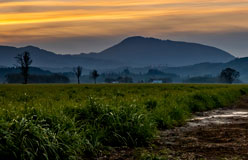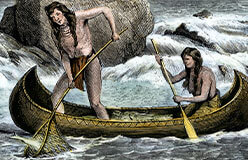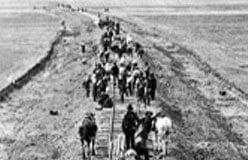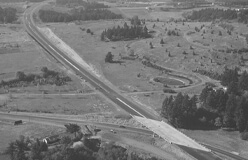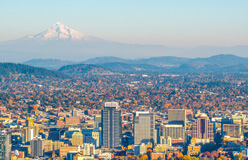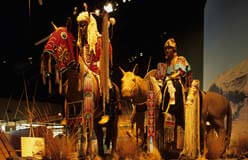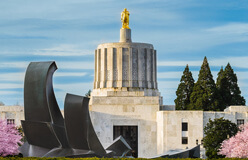Imagine a jigsaw puzzle. Does it have lots of pieces? Do the shapes of the pieces fit together? Does every bulge in one piece match a dent of the same size and shape in another?
If so, you know something about the geography of Oregon. It’s a jigsaw puzzle of shapes and elevations. This state borders Washington, Idaho, California, and Nevada. It also borders the Pacific Ocean. Oregon has six geographic areas. They include lowlands, plateaus, and mountains. The areas include the Coast Range, the Klamath Mountains, and the Willamette Valley. They also include the Cascade Mountains, the Columbia Plateau, and the Basin and Range Region. Each area has its own story and its own beauty.
